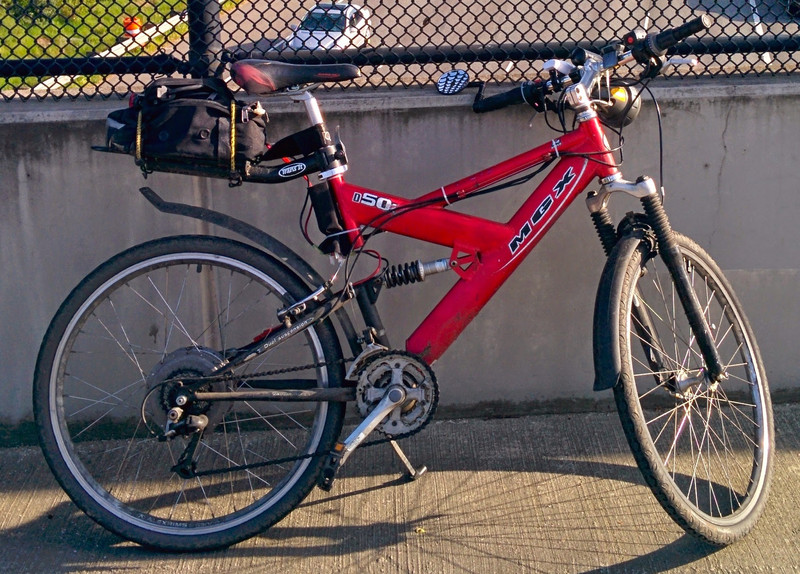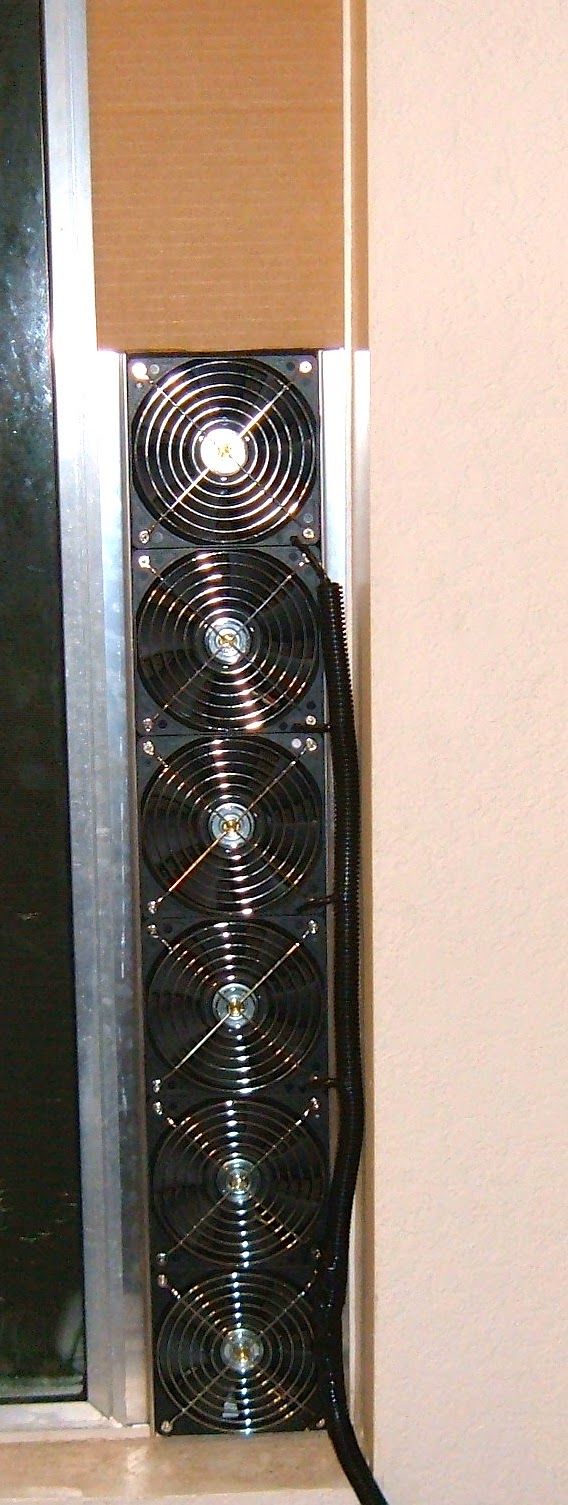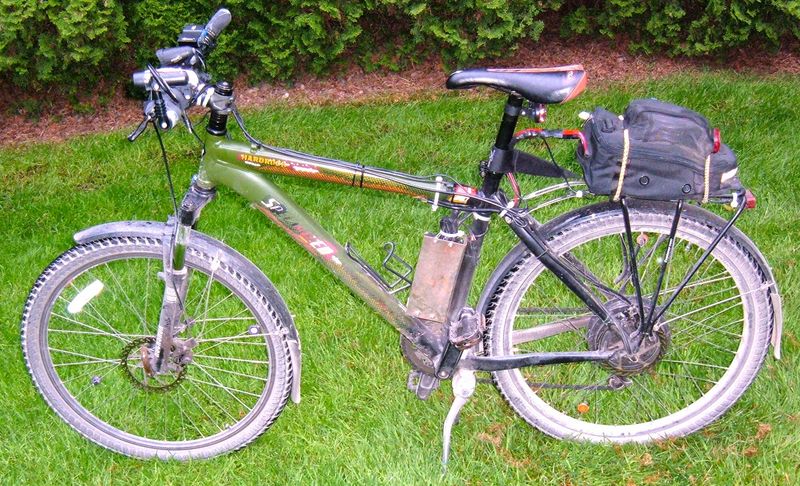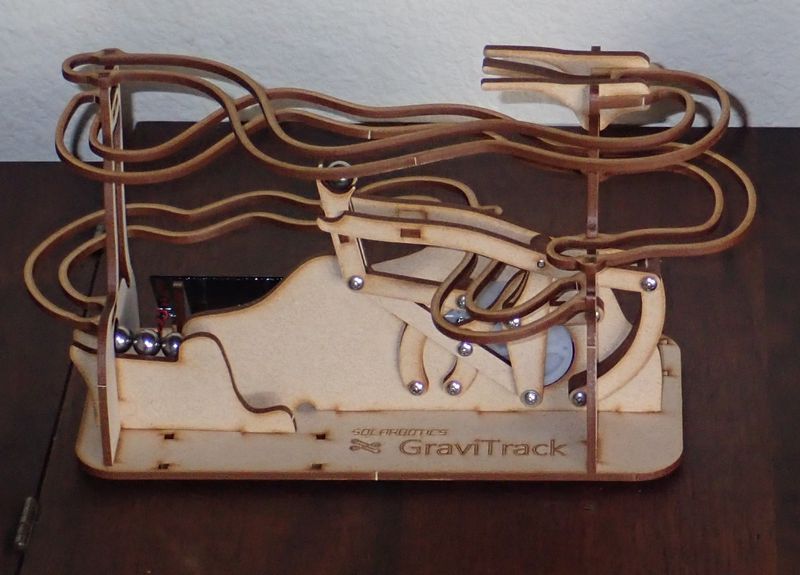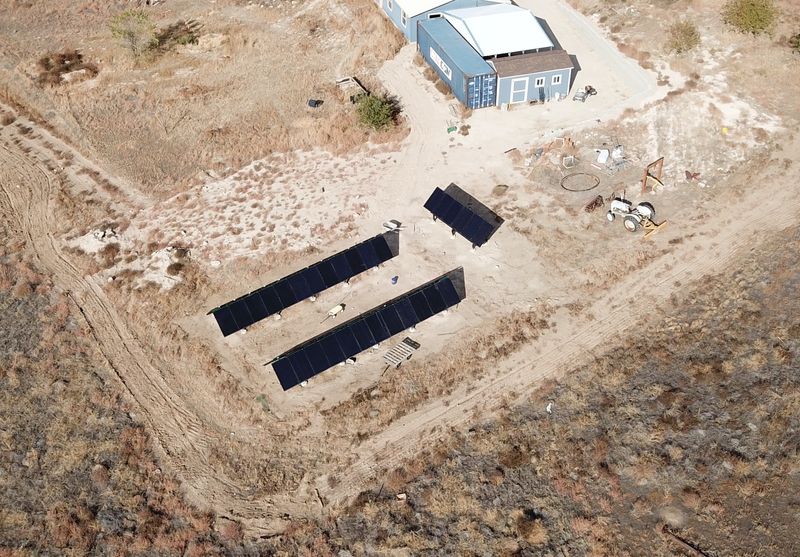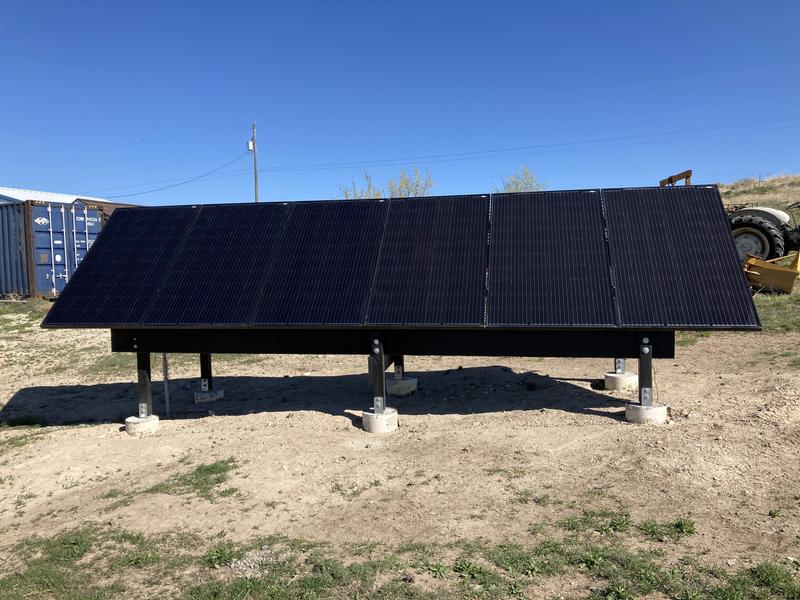Sometime around November 2013, I became tired of biking to work and being sweaty at both ends of the trip. I’d been motorcycling, but traffic was terrible and getting worse - my record of “45 minutes to get 5 miles home” was not something I cared to continue with.
I’ve known about electric bikes for a while, but never knew anyone with one. I knew of the BionX kit, but didn’t want to spend the money on that for something I had no idea if I’d like (and it requires a bit of work on an existing bicycle, which I wasn’t sure I wanted to do).
So, where does one go for something along these lines but Craigslist? A few listings later, I’d found a $400 ebike that ran, test rode it briefly, and brought it home.
It looked something like this (though this is a slightly later version of it - note the adequate size wiring).
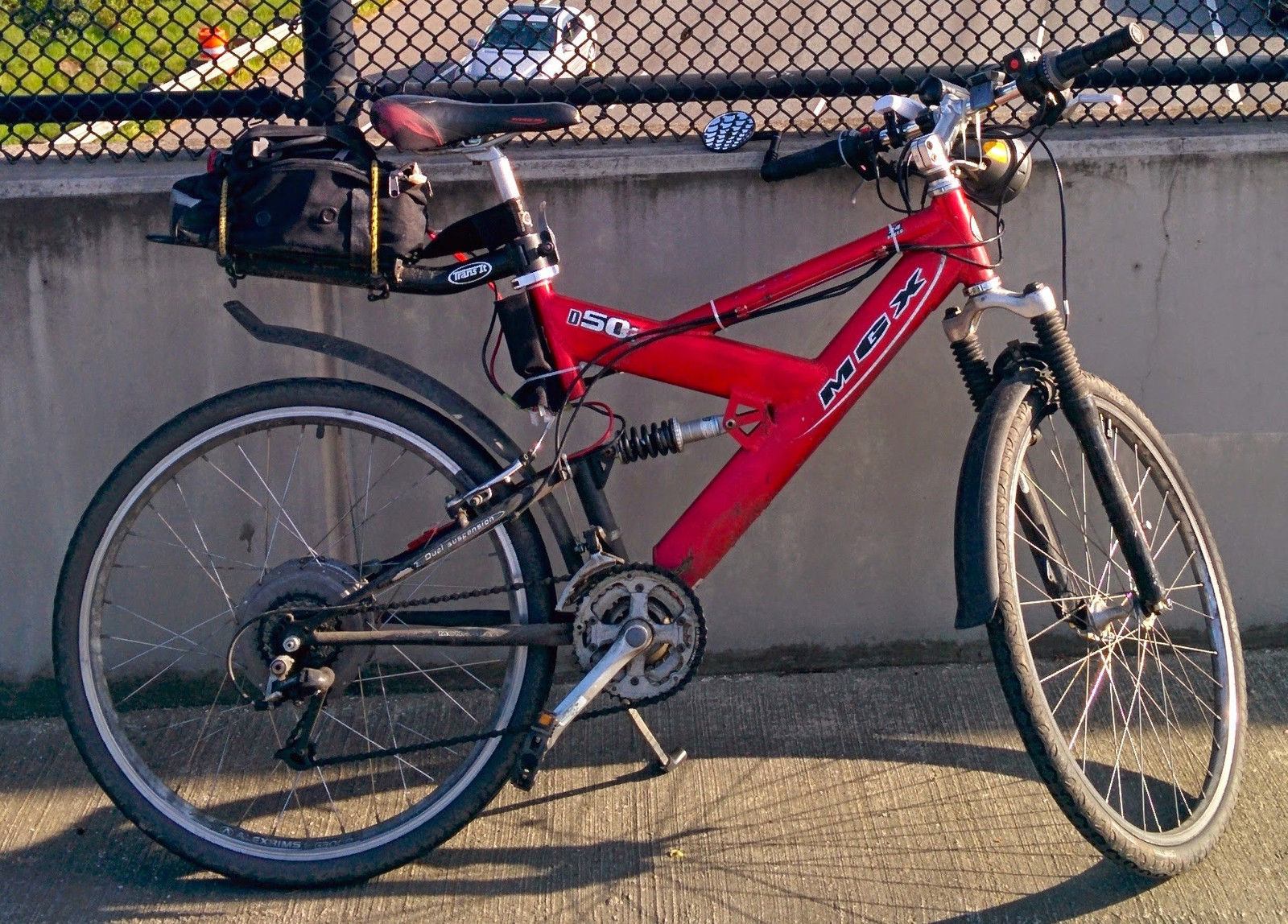
It was some year of MGX D50i, it had a 24v Heinzmann geared motor (brushed) in the rear wheel, a Chinese 36v brushed motor controller, and 3 12v/8AH lead acid batteries for 36v of overvolted fury. A thumb throttle provided power on demand.
I had an ebike! *whirrrr*
The lead acid batteries were sufficient to get me to work or back from work (about 5 miles) with a good bit of pedal assist, but they were mostly flat by the end of the trip (which meant I was hauling a charger around, taking the batteries up to my desk, and running lead acid batteries to nearly drained, which is not good at all for them).
The first step I took was buying a new battery pack. There are a wide variety of lithium chemistries out there, and I selected LiFePO4 (lithium iron phosphate) for several reasons:
- It’s a “safe” chemistry. The chemistry is not prone to thermal runaway and subsequent combustion, even when abused. For a bike that will be charged at home and ridden regularly, this is a nice feature.
- The cycle life (discharge cycles to 80% capacity) is measured in thousands of cycles instead of hundreds. This means that a pack, ridden 300 days a year, will last on the order of decades instead on the order of years.
- The calendar life is significantly longer than other lithium chemistries as well - they don’t degrade from age as quickly.
- The discharge voltage across the capacity is nearly flat - the pack provides nearly as much power almost dead as it does freshly charged.
The downsides are fairly minimal:
- The pack is larger and slightly heavier than other chemistries. For typical ebike pack sizes of 300-1000Wh, the difference isn’t significant.
- A given capacity costs a bit more up front. However, the longer life more than makes up for it over the lifetime of the pack.
- A voltmeter won’t tell you how discharged the pack is. It puts out a fairly constant amount of power right up until the BMS (Battery Management System) shuts the pack off. It’s not a big deal if you have a Cycle Analyst or just size the pack for your round trip and charge every night.
I decided to go with a BatterySpace 38.4v 13.2AH LiFePO4 battery pack. The pack was somewhat oversized (506 Wh) for my round trip commute and I didn’t really need 40A output capability at the time, but I decided that having more power and range available would be useful if I wanted to upgrade in the future. Since I’m using this pack on my current build, it turns out this was a good decision.
I installed the lithium pack, and things were radically better! The bike could make a full round trip, it pulled harder, went faster, and… also melted a lot of connectors. I was replacing about a connector a week in “things that melted/burned out.” The wires were sized for the power of a lead acid pack, not a lithium pack.
Eventually, I was trying to replace yet another connector, had forgotten to disconnect the battery pack (do this every time you work on the bike!), and fried either the throttle or controller.
The controller is, in fact, a nasty little rat’s nest of wiring.
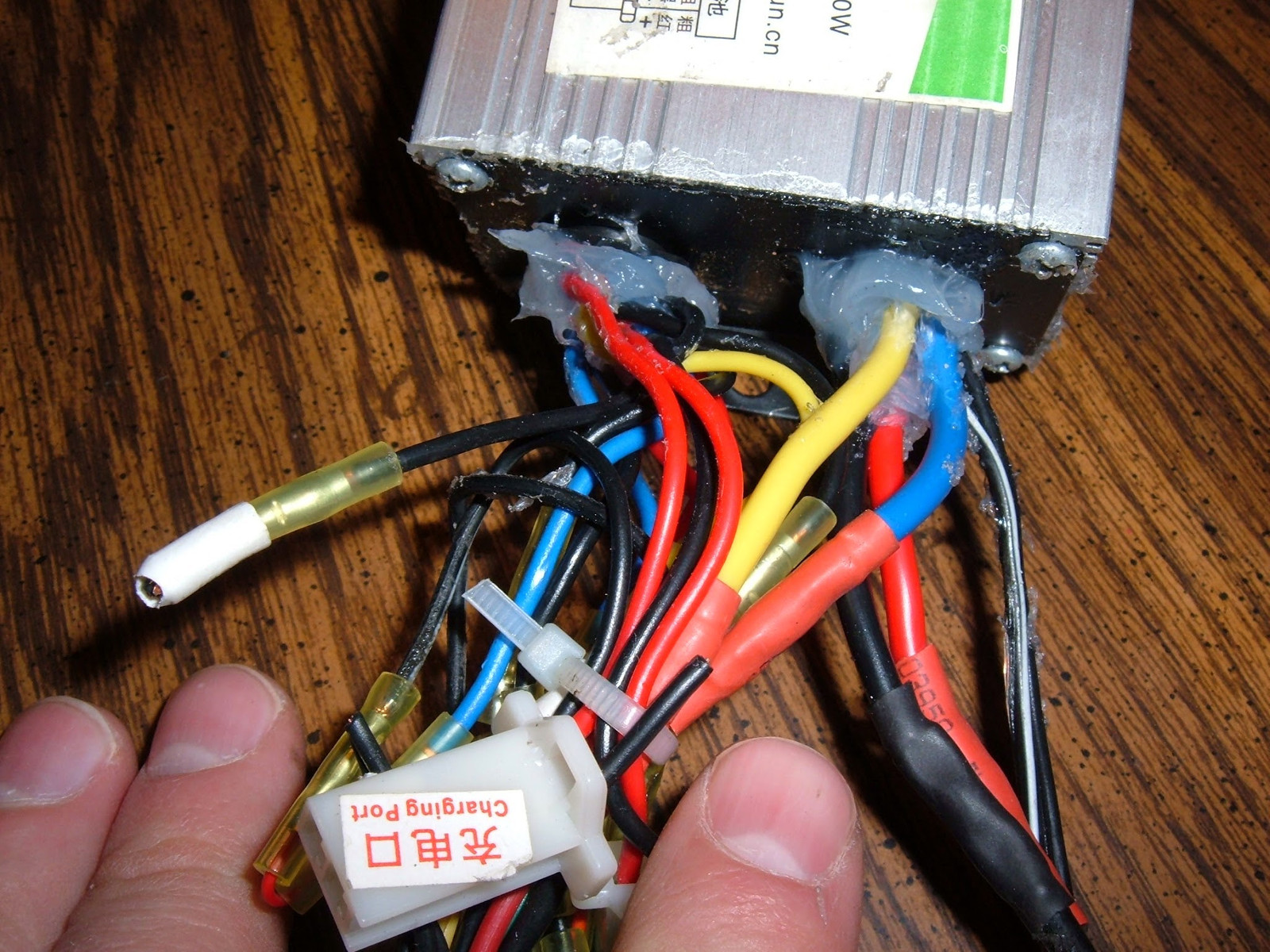
However, when I replaced the controller (I found one for about $25 on eBay), I wired everything up with fairly thick wires and nice, solid Anderson Powerpole connectors. This neatly solved the problem of burning out connectors. Now, I was simply overheating the motor…
The configuration of the bike after I rewired it was around 600-700W of power (24v 400W motor running at around 39v), a flat land cruising speed of 18mph, and a range of “over 10 miles.” I never pushed the pack to cutoff, because I didn’t feel like pedaling home.
The bike lasted almost a year of daily commuting before I burned out the motor. I assume the brushes failed or the brush springs overheated enough that they were no longer springy, but I sold it instead of tearing it down, because it was not worth the trouble anymore, other parts were having issues (see below), and I wanted to build something better with what I’d learned.
Things I liked about this bike:
- The huge 36v front incandescent headlight was amazing. It’s a scooter or motorcycle style headlight, and despite running hot, it did an amazing job of lighting up the road at night. Seeing was not a problem!
- This bike introduced me to the “reversed shifter” style controls. The left bar has a twist grip shifter for the rear derailleur (it’s “backwards” but works fine), and the right bar controls the front. With the throttle on the right, you don’t have to release the throttle to shift gears in the rear, and you generally don’t use any of the front chainrings except the largest one.
- A bar end mirror is incredibly useful when riding in bike lanes.
- I learned that I really liked electric bikes, and that they are a great way to get around!
Things I learned from this bike:
- Rim brakes are terrible in the Seattle area. Between the hills and the grit, the brakes grind into the wheel rims. My rear wheel was arguably unsafe to ride on by the time I got rid of the bike - the brakes had dug into the rim enough that it was significantly thinned.
- Undersize power wiring and connectors suck. It’s a lot easier to use larger wire than you really need and oversize connectors than it is to be trying to make a melted connector behave on the side of the road.
- A rear seatpost mount is not a good place for a battery. The mount eventually failed and required replacement (see “final” pictures).
- Overvolting a brushed motor isn’t a good idea. The motor ran hot and eventually failed from heat.
- The steering head bearings on an ebike take tremendous abuse and will flatspot or notch after several months of riding. A normal bike being pedaled has the front wheel rocking back and forth regularly. An ebike, on the throttle, doesn’t - the wheel is just pointed straight ahead. Combine this with pounding from bumps, and the bearings don’t take it for long.
- 600-700W is not enough for the hills on my commute. I had to add a considerable amount of pedal power, frequently, to get up hills. However, it was a lot nicer than riding a pure muscle powered bike.
- The “mountain bike” style fenders were better than nothing, but only barely. My feet would be covered in road grime from the front wheel, and my backpack was covered in road grime from the rear wheel.
The final configuration, shortly before I sold it:
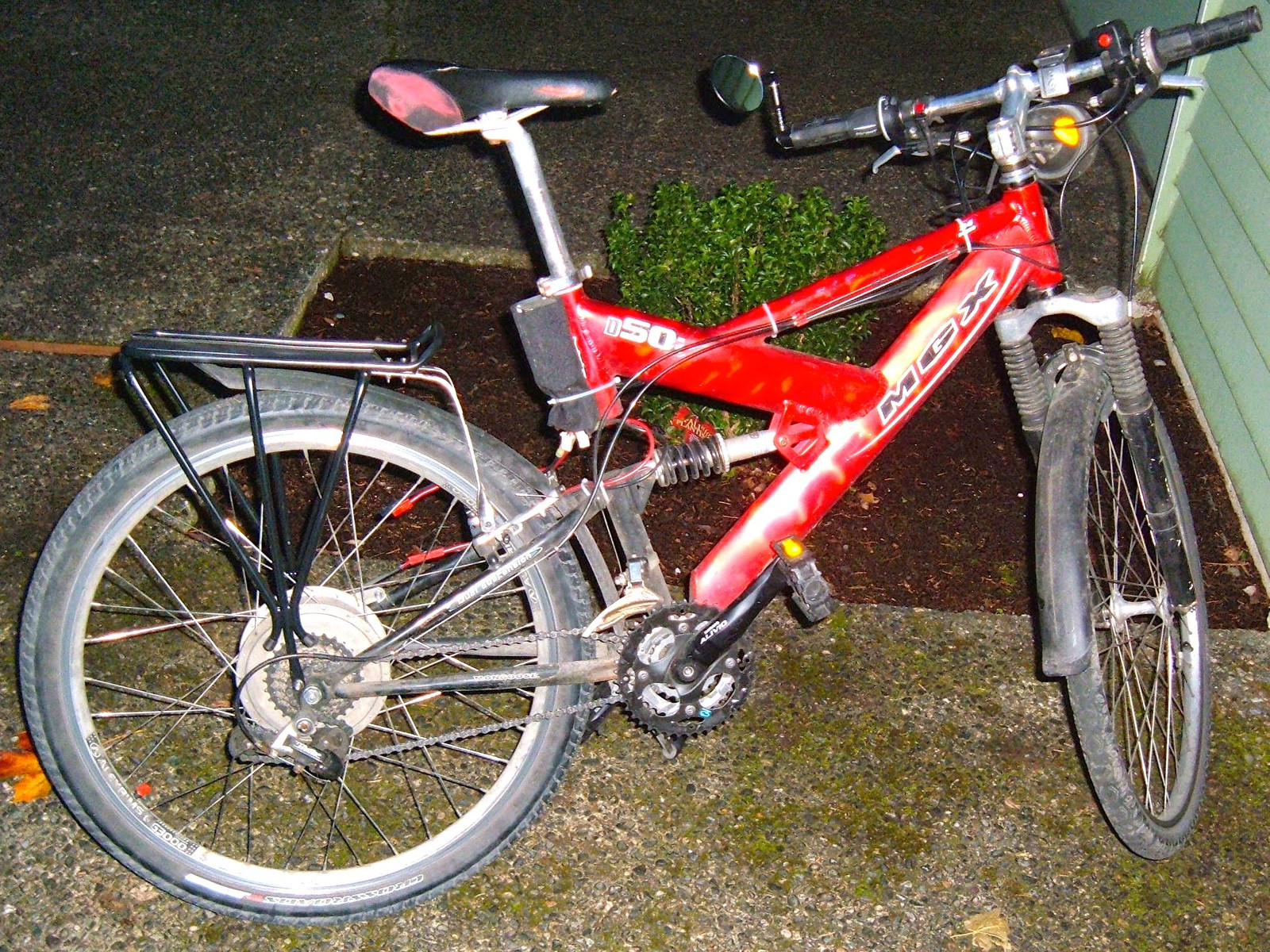
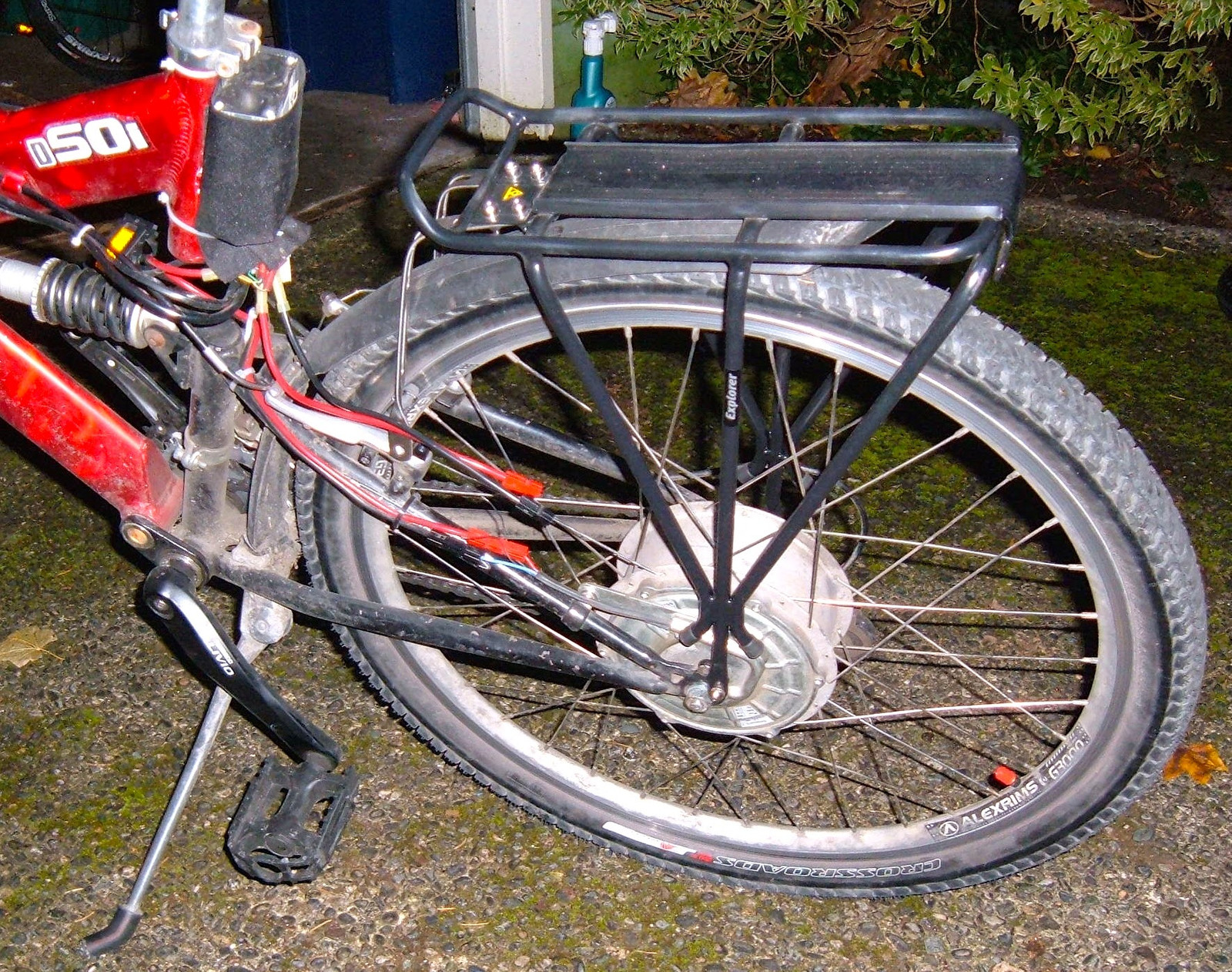
Details on the replacement bike can be found here: /2015/05/13/my-second-ebike-properly-good-build/
The total cost of the bike (including my mistakes):
Initial purchase: $400
LiFePO4 battery pack and charger: $600
New throttle, controller, wiring: $75
Assorted maintenance: Ugh. A few hundred? I’m not really sure, since I didn’t keep track closely.
Comments
Comments are handled on my Discourse forum - you'll need to create an account there to post comments.If you've found this post useful, insightful, or informative, why not support me on Ko-fi? And if you'd like to be notified of new posts (I post every two weeks), you can follow my blog via email! Of course, if you like RSS, I support that too.
